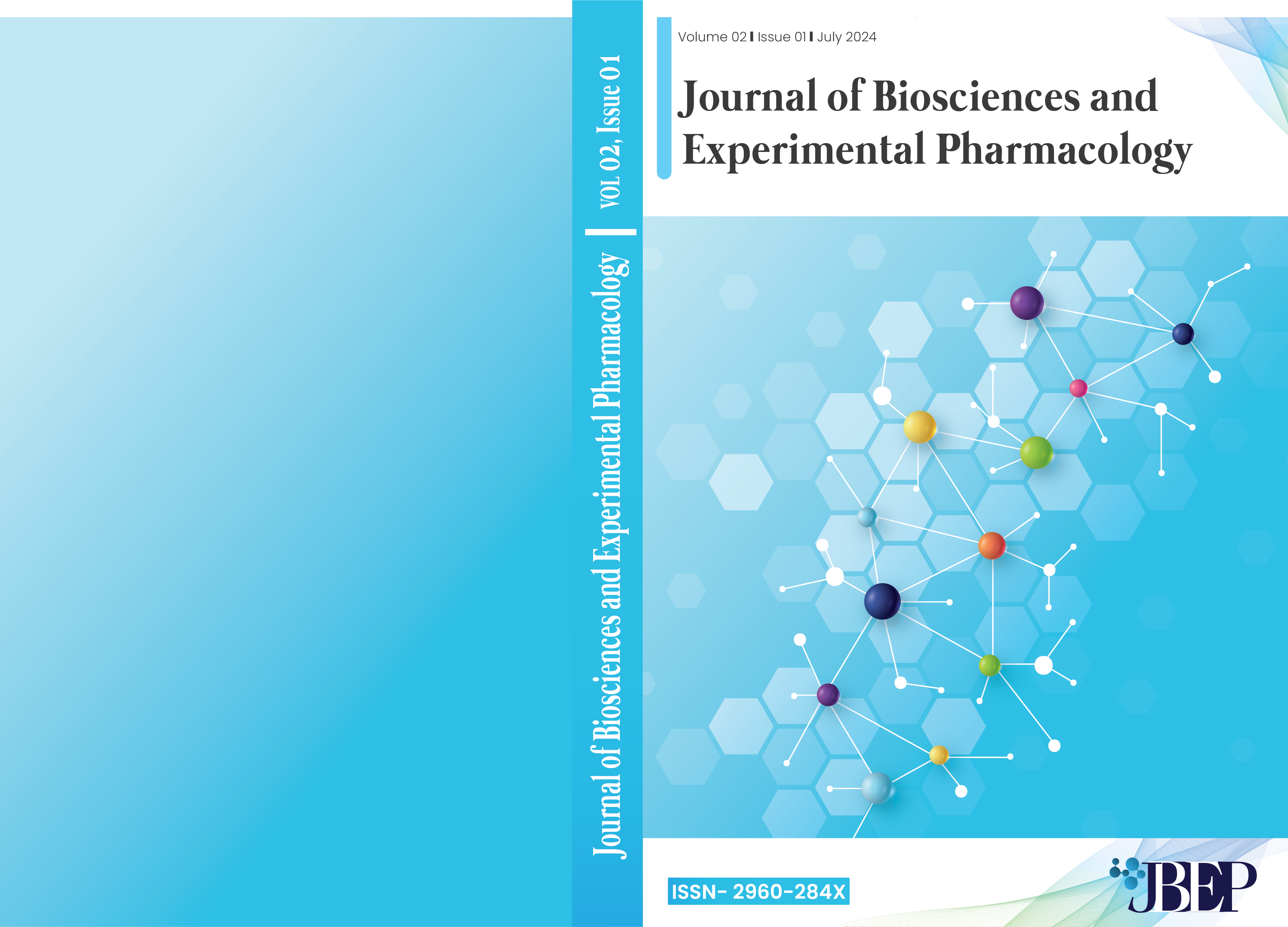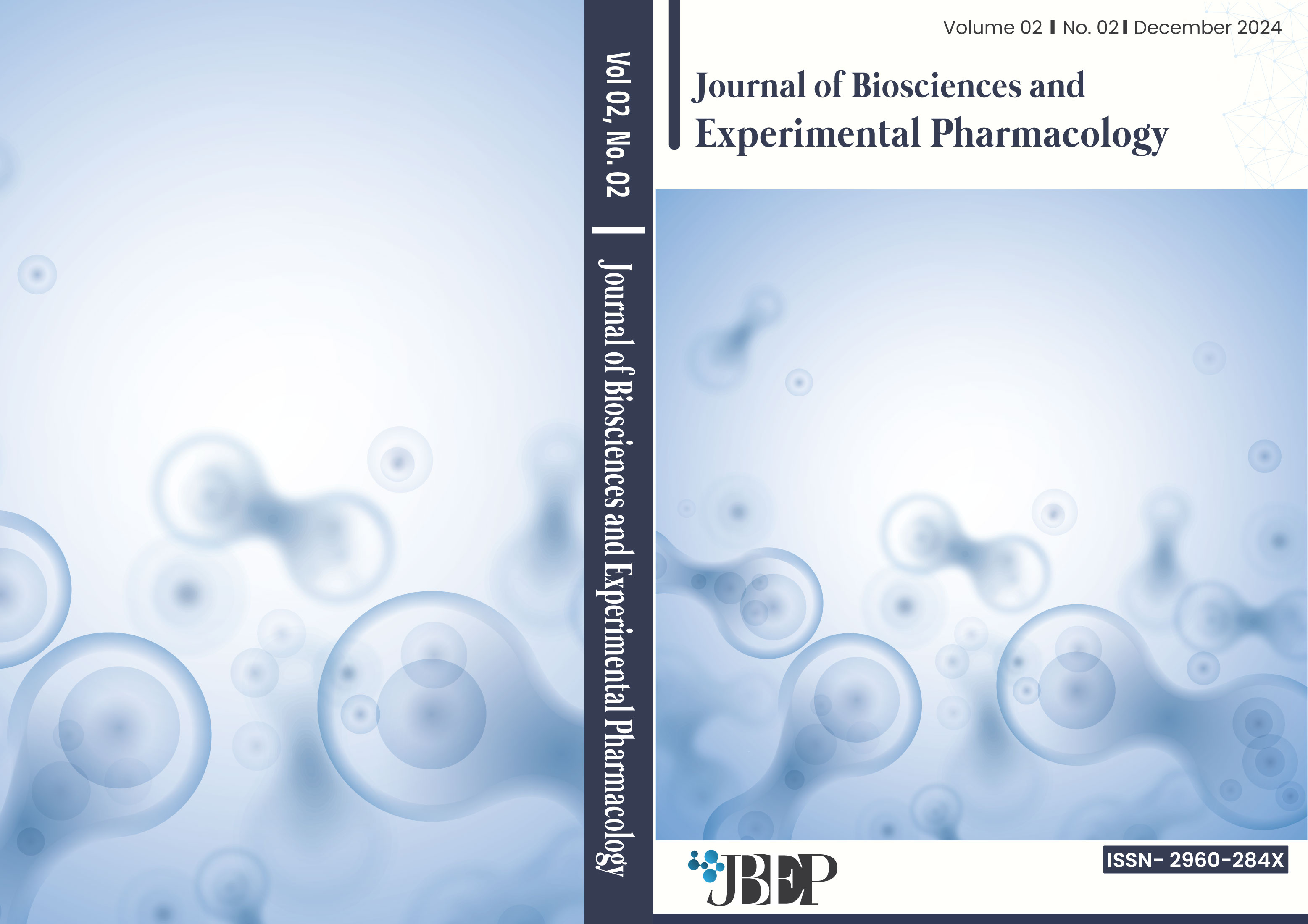Original article | Open access | J. Biosci. Exp. Pharmacol. 2024, 2(1), 14-30. |
https://doi.org/10.62624/JBEP00.0008
Preparation and Development of Self Nano Emulsifying Drug Delivery System of Curcumin
Abstract
Curcumin, the main pharmacologic agent in turmeric, is known to have a wide spectrum of biological and pharmacological activities which could be utilized in various medical applications; however, it is unable to be used in a formulation due to its poor water solubility. In order to overcome solubility issue, curcumin can be formulated into a self-nanoemulsifying drug delivery system (SNEDDS). Therefore, solubility of curcumin was first tested in various oils including castor oil (with highest solubility around 72%), soyabean oil (solubility of 56%), black seed oil (with least solubility around 3.8%), and olive oil (solubility of 18%) to formulate an O/W nanoemulsion. The ability of emulsification of selected oils by various surfactants (Tween 20, Tween 80) and co-surfactants (PEG 600, PEG 400) were screened. A systematic procedure was used to develop a formulation using curcumin (10 mg), Tween 20/Tween 80 (2 ml) and PEG 400/PEG 600 (10 mg). Formulation prepared using Tween 20 showed highest transmittance of 68% and PEG 600 gave a fine cloudy emulsion. This formulation has the ability to self-emulsify upon mild agitation (peristaltic movement of GIT) followed by dilution in gastric fluid (aqueous medium). SNEDDS of curcumin was further characterized in terms of percentage transmittance, stability testing (stable for 30days in room temperature), emulsification time (2min), dispersibility test, drug content, phase separation, droplet size (mean size 100 nm), polydispersity index (PDI) and zeta potential. The study is mainly focused on the factors necessary for successful development of lipid formulation classification system (LFCS) Type IIIB SNEDDS formulation, which can improve solubility leading to better bioavailability and therapeutic response.

